Crocus Flower record pack of 5 bulbs Saffron
₹199.00
In stock
Crocus Flower record has six-petaled, deep spectrum-violet flowers with showy orange anthers and grass-like foliage with narrow, median silver-white stripes. Dutch Large Flowering Crocus, sometimes called Giant Dutch Crocus or the Wild Crocus of the Alps or the Pyrenees, bloom about two weeks after Species Crocus. Drifts en masse are spectacular in garden and pathside borders, and in meandering rivers through sun dappled woodlands. (If you do plant them in lawns, mowing should be held off until the foliage dies back naturally, about five weeks after blooming.) Flower Record has graceful six-petaled, 5″ tall flowers that open and close on sunny days, and grass-like foliage with narrow, median silver-white stripes. Deer-resistant, they naturalize readily in well-draining soil and in full to partial sunlight. These larger corms have reticulated tunics. They may be a target for squirrels that may dig up newly planted bulbs for a snack, or for transplant elsewhere. You’ll need about nine corms (bulbs) per square foot for a dense planting.
Crocus Flower record Class: Dutch Large Flowering. Bulb size: 9 cm/up. Full to partial sunlight. Bloom time in horticultural zone 5: April. Plant 5″ deep and 4″ apart. HZ: 4-8. Height: 5″. (Crocus are also good for forcing indoors over the winter. Pot them up in mid-October and precool them at a consistent, dark 38°F to 45°F for eight to ten weeks with moderate watering. Bring them into the house~they will bloom about four weeks later.)
How to grow
Cultivation A cormous plant that requires a well-drained and sunny situation. Plant 5-6cm deep in late summer or early autumn. You may feed after flowering when leaves are still in active growth. If naturalised in grass, delay mowing until leaves die back
Propagation Remove cormlets when dormant or propagate by division of clumps
Suggested planting locations and garden typesFlower borders and beds City & Courtyard Gardens Gravel Garden Patio & Container Plants Rock Garden Wildflower meadow
Be the first to review “Crocus Flower record pack of 5 bulbs Saffron” Cancel reply
You must be logged in to post a review.



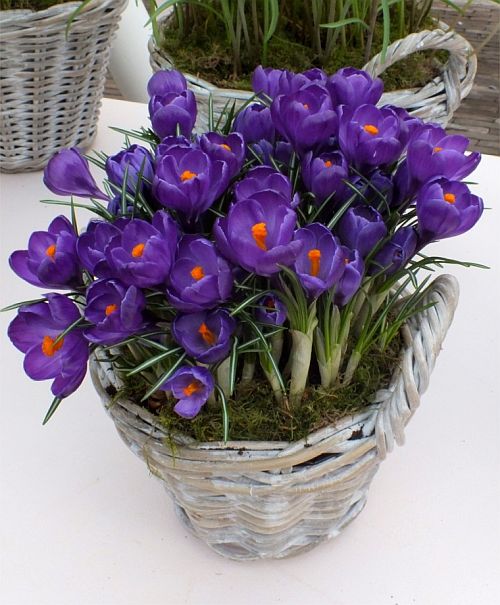

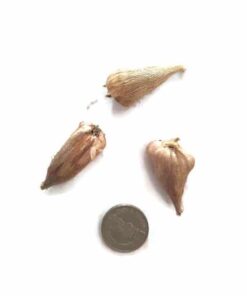

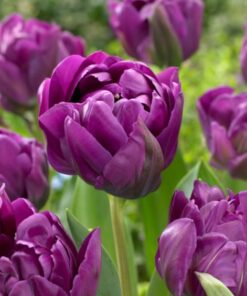

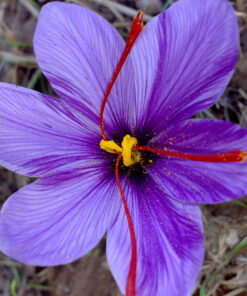
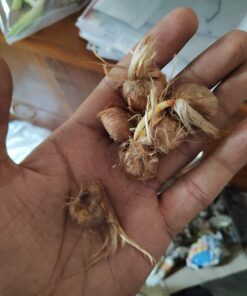
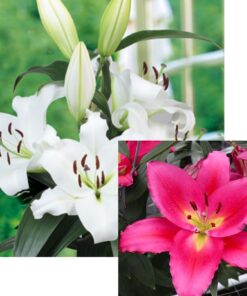


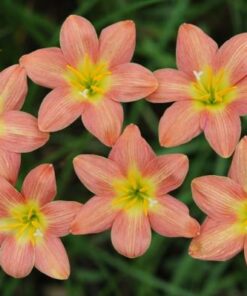
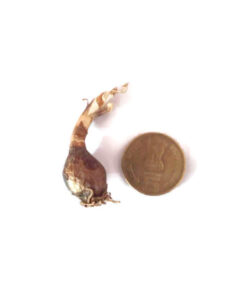
Reviews
There are no reviews yet.